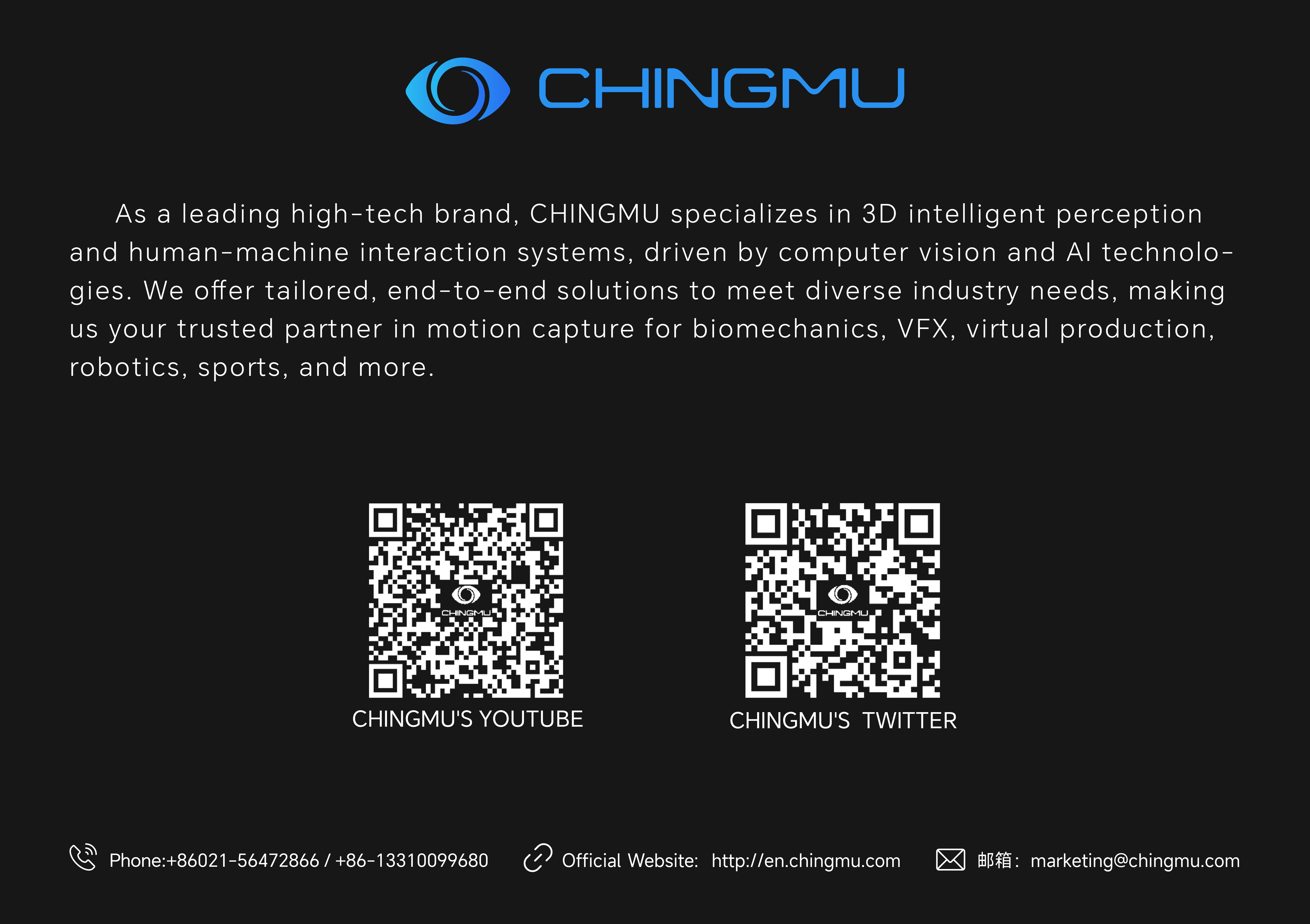
 CN / EN
CN / EN
Create diverse virtual idols and enable real people and digital humans to perform on the same stage!
Applications: Motion Capture, Digital Humans, Metaverse, Artificial Intelligence Generated Content (AIGC), VTuber, Virtual Idols, Virtual Idol Groups.
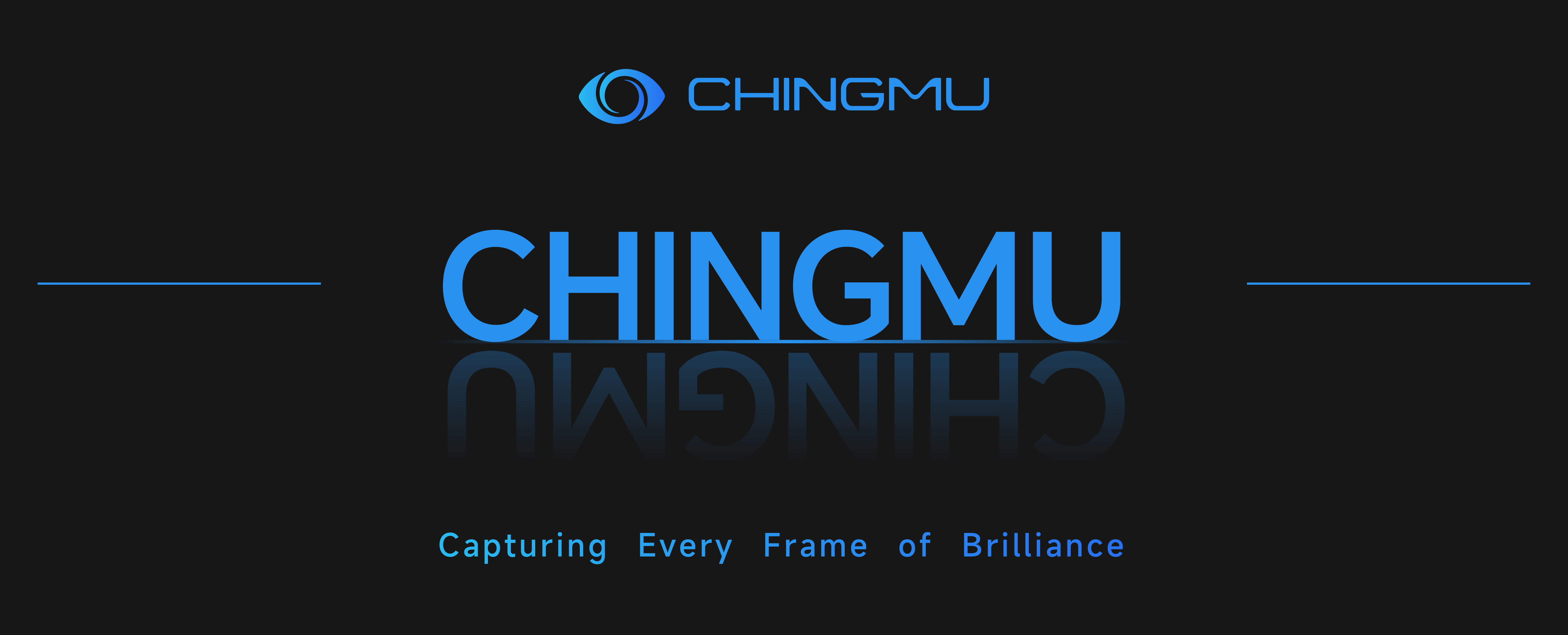
A "doxxing" video by Bilibili UP Master SwP_Forever finally made him have the first video with over ten thousand views. Doxxing the real person behind the virtual avatar is usually a big taboo for virtual streamers. SwP_Forever has also emphasized that he will never let the real person's image interfere with the persona of the virtual avatar again. The purity of virtual streamers is the reason why vups are liked by the audience.

Although the real person behind the virtual avatar (the "zhongzhi ren") doesn't appear on camera during the live broadcasts in the virtual streamer circle, there are increasingly more live broadcasts where real people and virtual avatars interact on the same stage. This way of live broadcasting has also enabled more virtual idols and virtual UP masters to break through their fan circles. Professional-level live broadcasts with synchronized virtual and real elements have a complete set of live broadcast procedures and professional equipment. Often, the total cost of manpower, material resources, and financial resources required for a single live broadcast amounts to nearly a million yuan, not even including the cost of creating models.
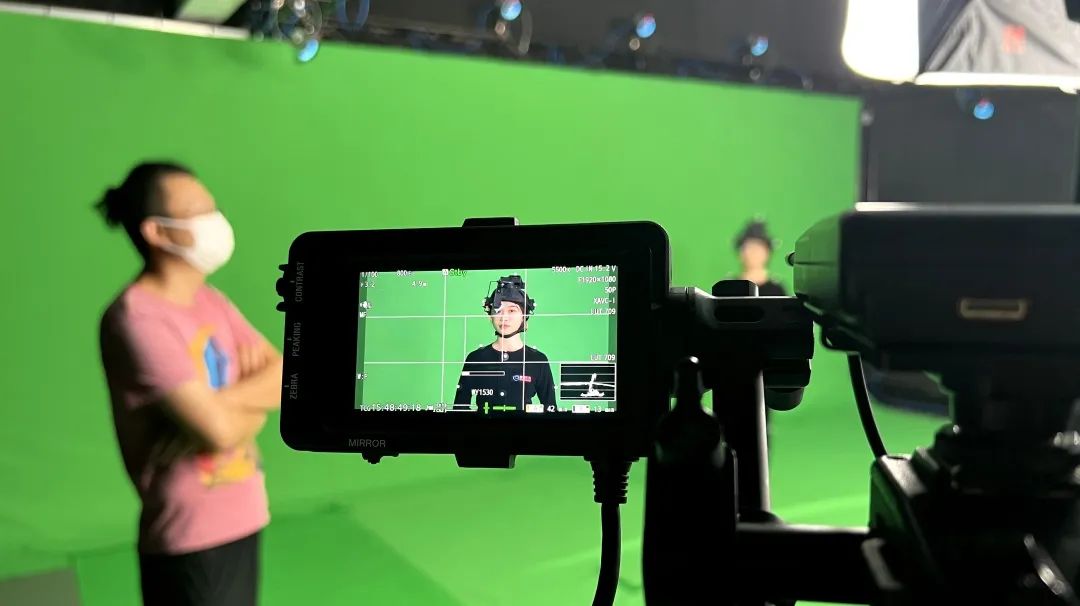
The model design of virtual personas and avatars is of primary importance. The two most common types of digital humans nowadays are the二次元 (anime/manga-style) type and the hyper-realistic, high-precision digital humans. Their prices vary widely, ranging from a few hundred to several hundred thousand yuan. The fundamental reason for such a huge price range for the models is simply how realistic the required digital humans need to be. If they are so realistic that even the pores and fine hairs on the skin can be seen clearly, and every detail of the clothing and headwear has its own texture, then the price will naturally be high.
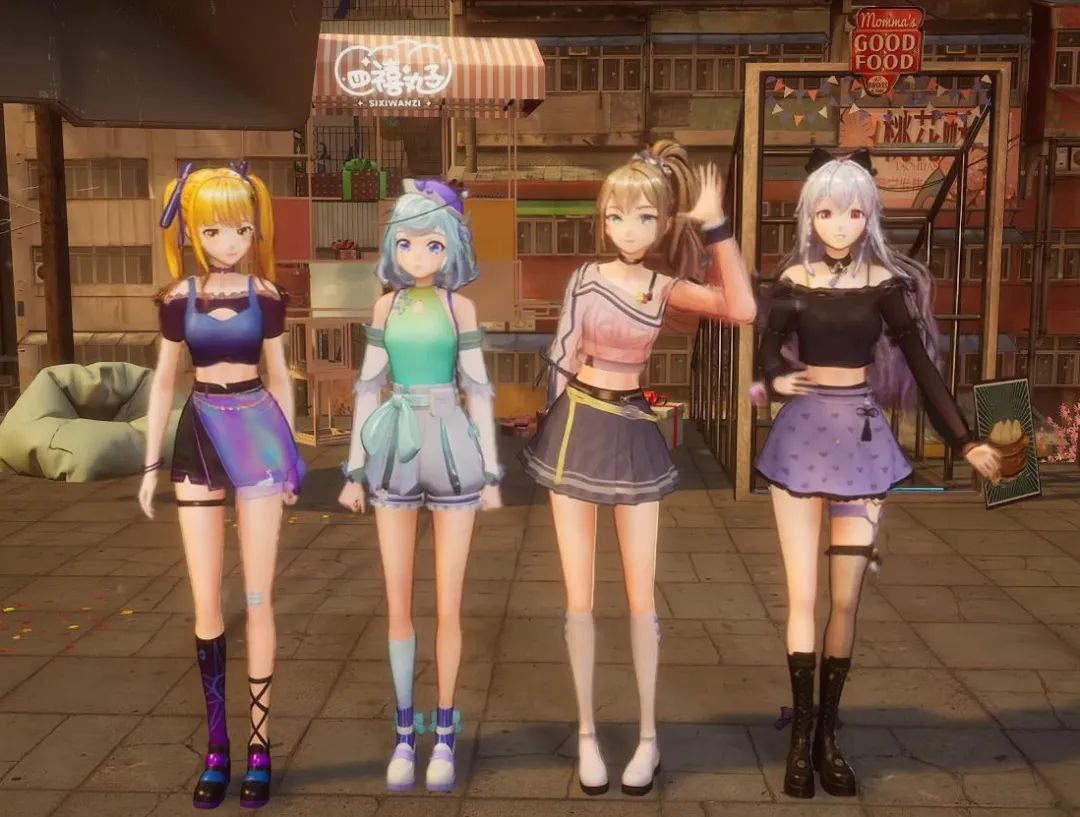
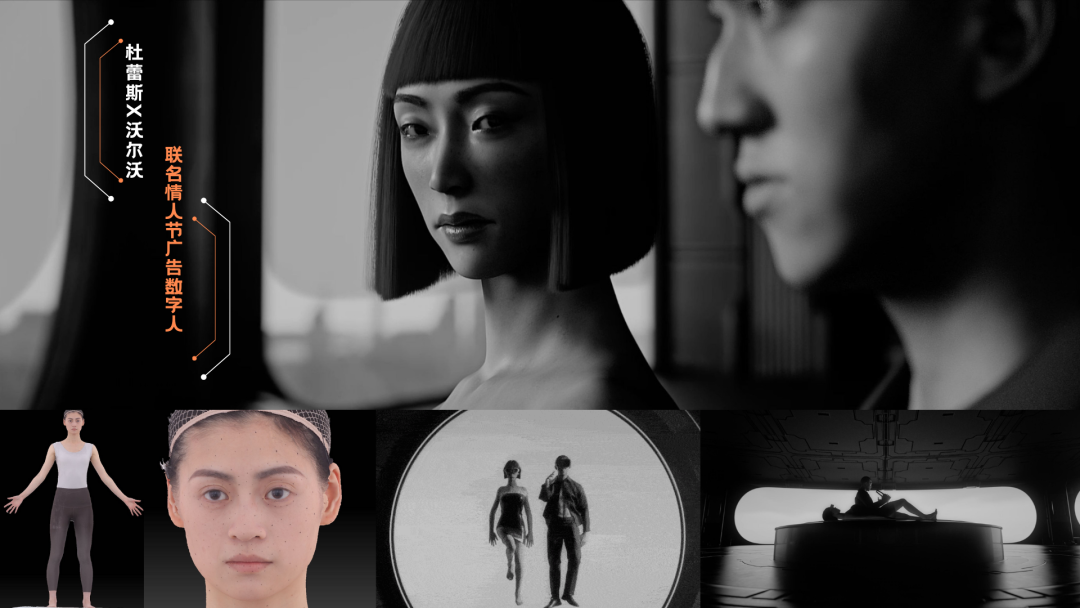
If you look carefully, it's not difficult to notice that the realism level of some ultra-high-precision digital human live broadcast images is somewhat reduced compared to videos and posters. This is due to the limitations of current rendering technologies and equipment. When rendering and driving a digital human with a million polygons during a live broadcast along with a virtual scene, it poses a great challenge to the server's performance. Therefore, most of the commonly used digital human live broadcasts currently employ digital models with 300,000 to 500,000 polygons.
After the digital human modeling is completed, it needs to go through processes such as skeleton binding, solving, and the motion capture system before the digital human can be considered to be able to move. Skeleton binding determines whether the digital human's movements are prone to clipping errors. The solving of hair and clothing fabric determines whether the clothing and hair will swing accordingly when the digital human moves. And motion capture is the fundamental soul that enables the digital human to move.
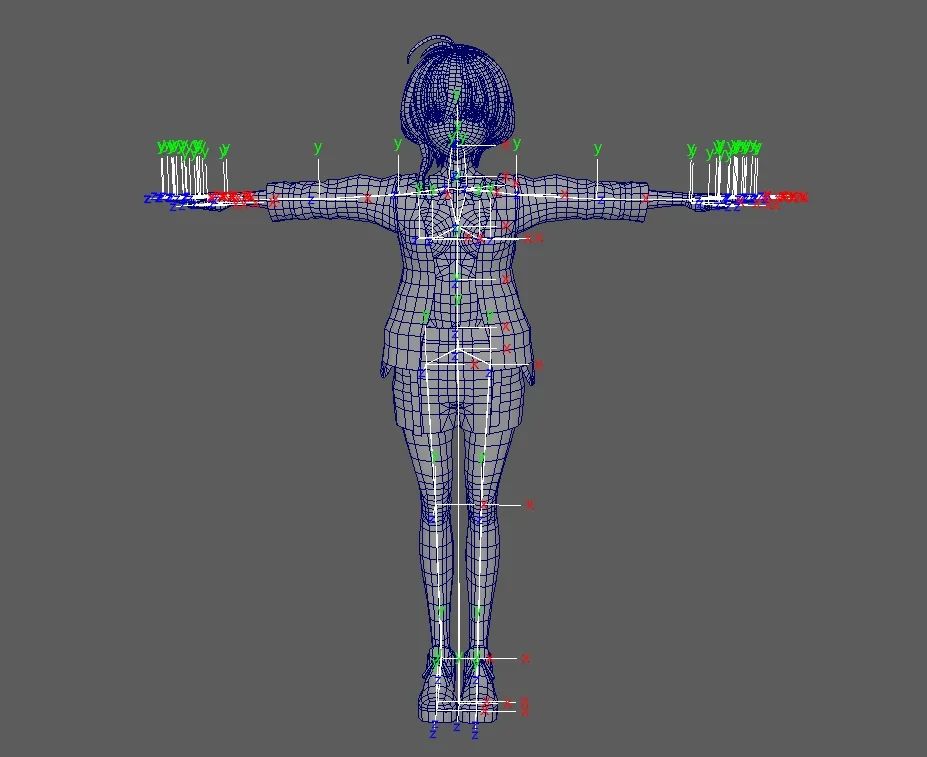
The "human" in digital "humans" not only possesses a human-like appearance but also requires the real person behind the virtual avatar (the "zhongzhi ren") to endow it with voice, tone, movements, and persona, etc., in order to become a genuine virtual human. Motion capture equipment is an essential medium connecting the zhongzhi ren and the digital human. The optical motion capture equipment is directly set up in the live broadcast studio. In the professional virtual live broadcast studio owned by Qingtong Vision, 30 MC1300 optical motion capture cameras are installed, supporting multi-person live broadcasts on the same stage. The motion capture equipment requires a separate motion capture computer for data processing. Generally, a computer configuration with an i7 processor will suffice.
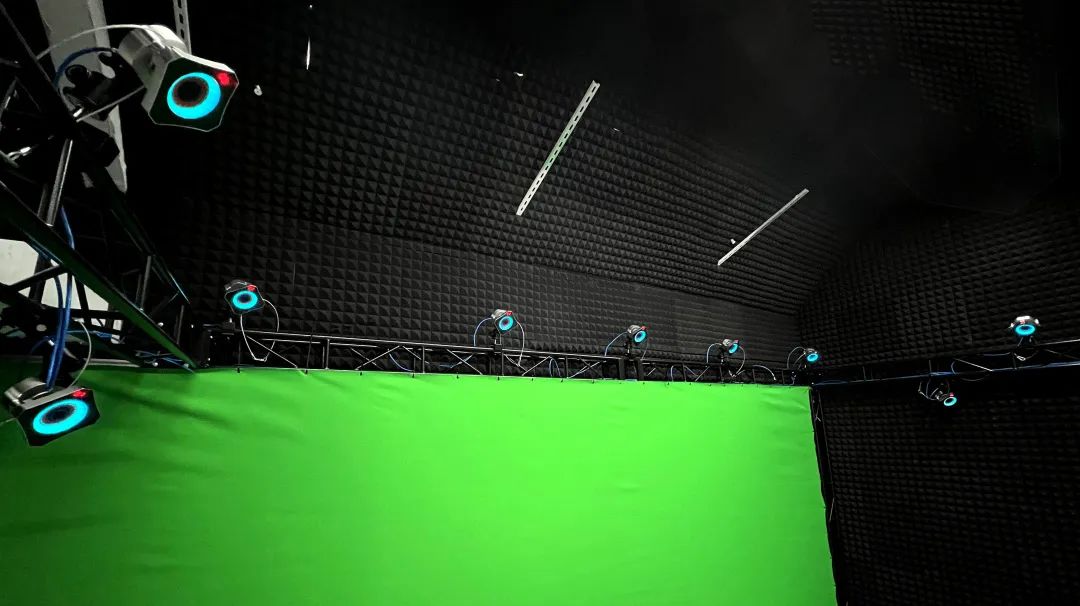
In addition to the motion capture computer, a rendering machine also needs to be prepared. The facial capture, hand capture, and body motion capture data are connected to the rendering engine through a switch for rendering characters and scenes. The commonly used software is usually UE (Unreal Engine) and Unity. It is recommended that the configuration of the rendering machine be an i9 processor or above and a 3080ti graphics card.
